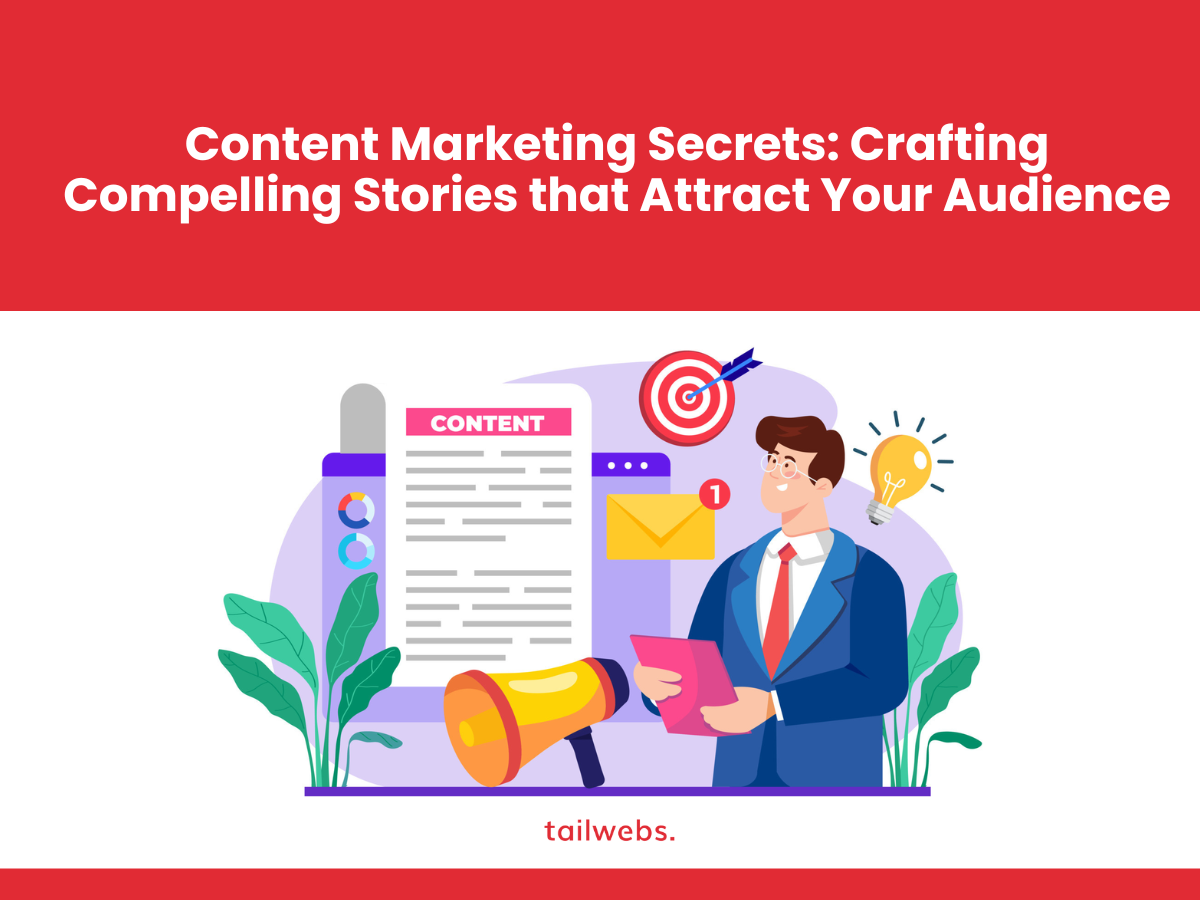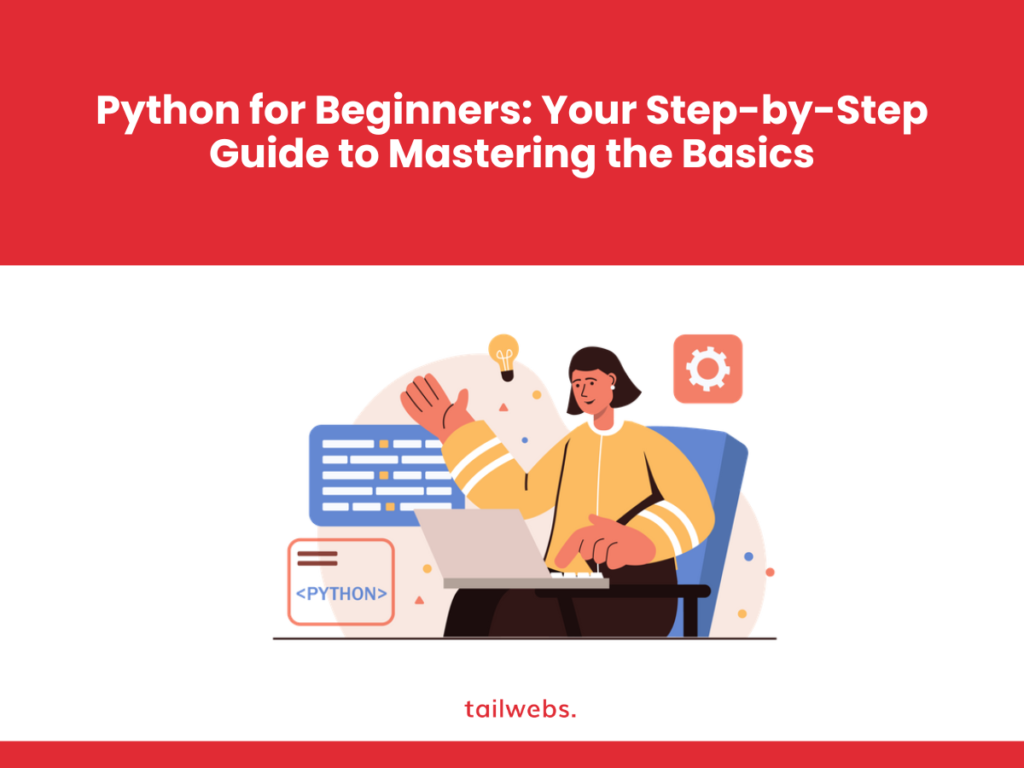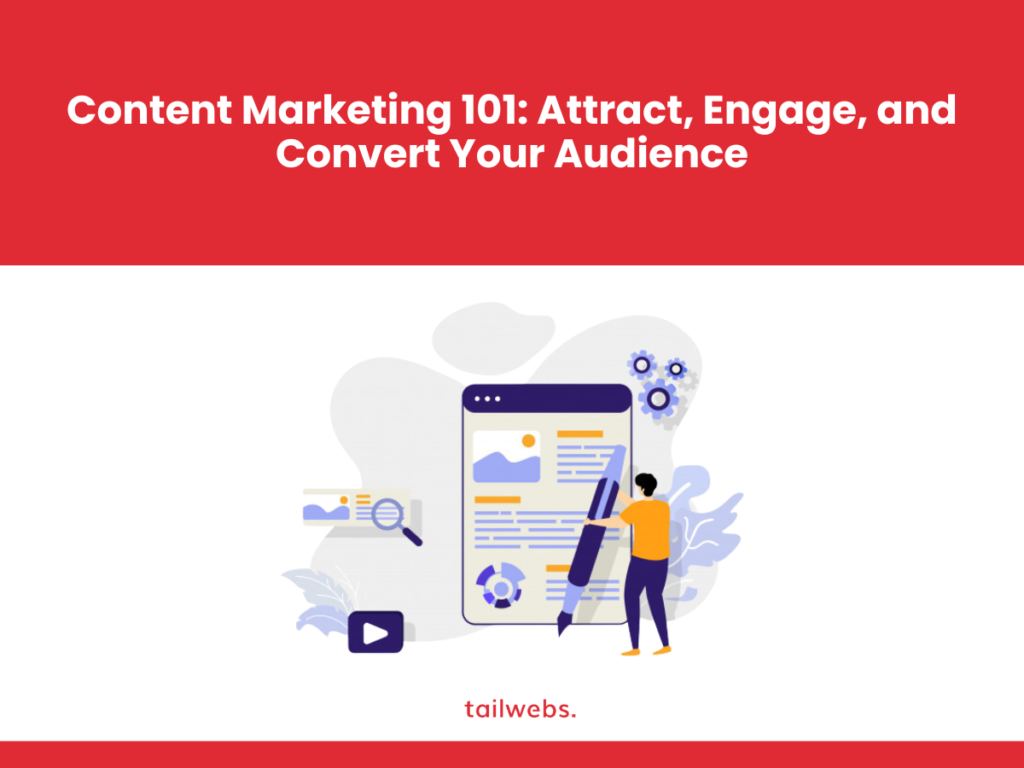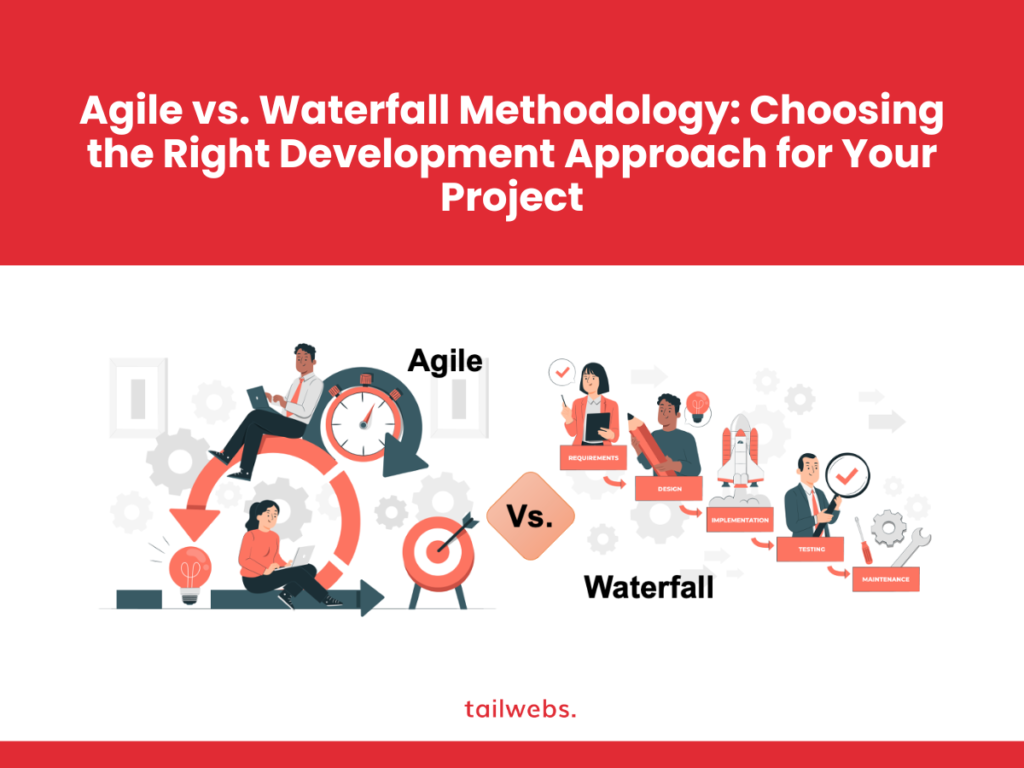In today’s digital age, content marketing reigns supreme. But with so much information bombarding audiences online, how do you make your content stand out? The answer lies in the power of storytelling.
Humans are hardwired for stories. Stories capture our attention, evoke emotions, and create lasting impressions. By weaving compelling narratives into your content marketing strategy, you can connect with your audience on a deeper level, build trust, and ultimately drive conversions.
This comprehensive guide dives into the art of crafting compelling stories for content marketing. We’ll explore the science behind storytelling, unveil the elements of a captivating narrative, and provide practical tips to integrate storytelling techniques into your content creation process.
The Science Behind Storytelling: Why Stories Work
Storytelling isn’t just about entertainment; it’s a powerful tool for influencing behavior and driving action. Here’s why stories resonate with us:
Emotional Connection:
Stories tap into our emotions, making us laugh, cry, feel inspired, or even scared. This emotional connection fosters a sense of empathy and makes your brand more relatable.
Enhanced Memory:
Stories are easier to remember than dry facts and figures. By incorporating narratives into your content, you increase the likelihood of your audience retaining your message.
Increased Engagement:
Stories capture attention and hold us captive. Well-crafted narratives keep your audience engaged, encouraging them to read further, watch your videos, or listen to your podcasts.
Persuasive Power:
Stories can subtly influence our opinions and decisions. By positioning your brand as part of the narrative, you can subtly nudge your audience towards taking a desired action.
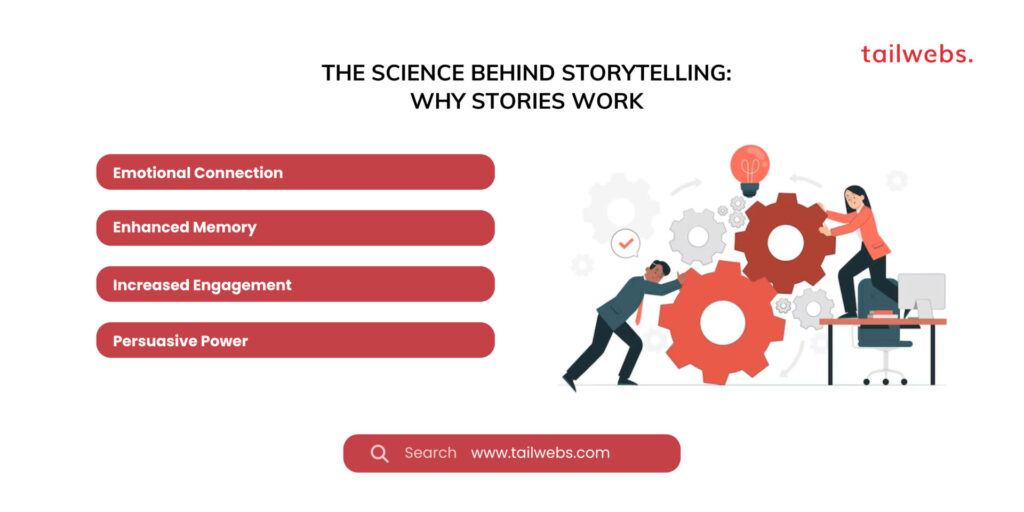
The Anatomy of a Compelling Story: Essential Elements
Every captivating story follows a basic structure:
Characters:
Create relatable characters that your audience can connect with. Even in B2B marketing, your characters could be the employees facing challenges or the customers seeking solutions.
Conflict:
Introduce a conflict or challenge that your characters need to overcome. This creates tension and keeps your audience engaged.
Setting:
Establish the context for your story. The setting can be physical, like a bustling city or a serene countryside, or metaphorical, representing a specific challenge or situation.
Plot:
Develop a clear plot that outlines the journey of your characters as they face the conflict. The plot should have a beginning, middle, and a satisfying resolution.
Theme:
Unveil the underlying message or takeaway you want your audience to remember. The theme is the heart of your story and what makes it resonate with your audience.
Crafting Stories for Your Content Marketing Strategy: Practical Tipspen_spark
Now that you understand the power and core elements of storytelling, let’s explore how to integrate this approach into your content marketing strategy:
Identify Your Audience:
Before crafting your story, understand your target audience. What are their pain points, desires, and challenges? Tailor your story to resonate with their specific needs and interests.
Focus on the Hero’s Journey:
The hero’s journey is a universal story structure where a protagonist faces a challenge, undergoes a transformation, and emerges victorious. Adapt this structure to your content by positioning your audience as the hero and your product or service as the tool that helps them overcome their challenges.
Use Vivid Language & Sensory Details:
Don’t just tell, show! Use vivid language and sensory details to paint a picture in your audience’s mind. This will immerse them in your story and make it more engaging.
Incorporate Data & Statistics:
Weave data and statistics into your narrative to add credibility and support your claims. However, ensure data integration is seamless and doesn’t disrupt the flow of your story.
Embrace Different Storytelling Formats:
Stories can be told in various ways, from blog posts and articles to videos, infographics, and even social media posts. Choose the format that best suits your content and resonates with your target audience.
Storytelling Examples in Content Marketing: Inspiring Ideas
Here are some inspiring examples of how brands leverage storytelling in content marketing:
Dove’s “Real Beauty” Campaign:
This long-running campaign celebrates the beauty of diversity and challenges conventional beauty standards. Dove’s stories empower women to embrace their unique features and feel confident in their own skin.
Slack’s Customer Stories:
Slack showcases customer success stories on their website and blog. These stories highlight how businesses of all sizes use Slack to improve communication and collaboration, creating a sense of relatability and trust for potential customers.
Mailchimp’s Animated Explainers:
Mailchimp uses engaging animated explainer videos to explain complex marketing concepts.
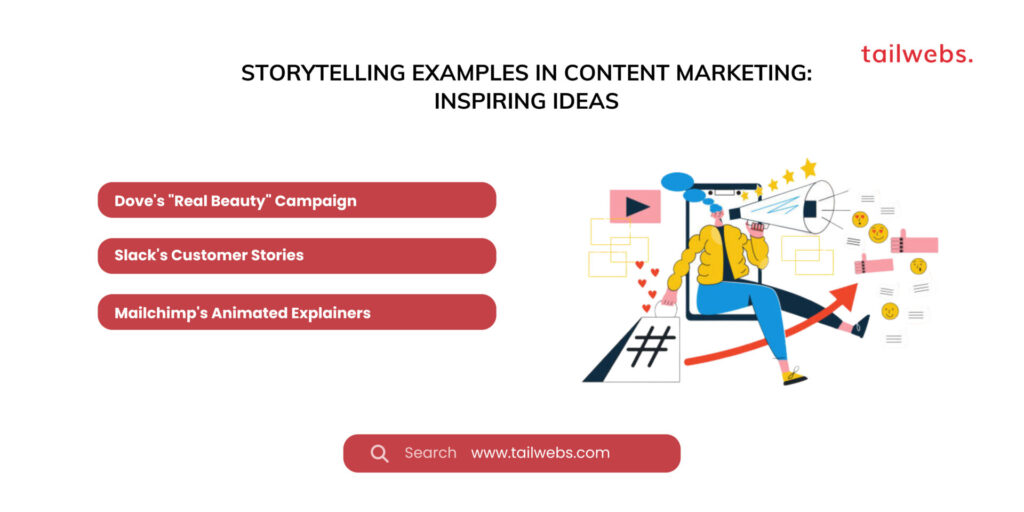
Content Marketing Secrets (Part 2): Promoting Your Stories and Measuring Success
Crafting compelling content is just one piece of the puzzle. To truly leverage the power of storytelling in content marketing, you need to effectively promote your stories and measure their impact. Here’s how:
Promoting Your Content: Reaching Your Target Audience
Identify the Right Channels:
Distribute your content across relevant channels where your target audience spends their time. This could include social media platforms, email marketing campaigns, industry publications, or even influencer marketing partnerships.
Optimize for Search Engines (SEO):
Incorporate relevant keywords and meta descriptions to improve your content’s search engine ranking. This increases the chances of your stories appearing in search results when your target audience is looking for information related to your niche.
Utilize Social Media Effectively:
Promote your content on social media platforms using engaging visuals, captions, and hashtags. Run social media contests or giveaways to generate excitement and encourage audience participation.
Paid Advertising:
Consider paid advertising strategies like social media ads or search engine marketing (SEM) to reach a wider audience and drive traffic to your content. However, ensure your targeting is precise to reach users genuinely interested in your stories.
Email Marketing:
Craft compelling email newsletters that highlight your latest content pieces. Segment your email list to send targeted emails based on subscriber interests, increasing the relevance and effectiveness of your content promotion.
Measuring the Success of Your Storytelling Efforts
Content marketing is an investment, and you need to track its effectiveness. Here are some key metrics to consider:
Website Traffic:
Monitor website traffic to see how many people are consuming your content. Tools like Google Analytics can provide valuable insights into traffic sources, user engagement, and content performance.
Engagement Metrics:
Track engagement metrics like social media shares, comments, and time spent on page. High engagement indicates that your audience finds your stories interesting and valuable.
Lead Generation:
Content marketing should ultimately drive lead generation. Track how many leads your content generates through forms, calls to action, or content downloads.
Customer Acquisition:
Measure how your content marketing efforts contribute to customer acquisition. This could involve tracking conversions from content downloads to free trials or paid subscriptions.
Brand Awareness:
Evaluate how your content marketing efforts impact brand awareness. Use social listening tools to track brand mentions and sentiment online to understand how your stories are resonating with your audience.
Storytelling Beyond Content Marketing: The Ripple Effect
The power of storytelling extends beyond content marketing. By integrating storytelling into your overall brand strategy, you can create a more cohesive and impactful experience for your audience:
Company Culture & Values:
Weave your brand story and values into your company culture. This can be reflected in employee onboarding experiences, company communications, and even your office environment.
Customer Interactions:
Train your customer service representatives and sales teams to leverage storytelling techniques when interacting with clients. This can create a more personalized and memorable experience.
Product Development:
Consider how storytelling can inform your product development process. Think about the story you want your product to tell and how it can solve a specific problem for your target audience.
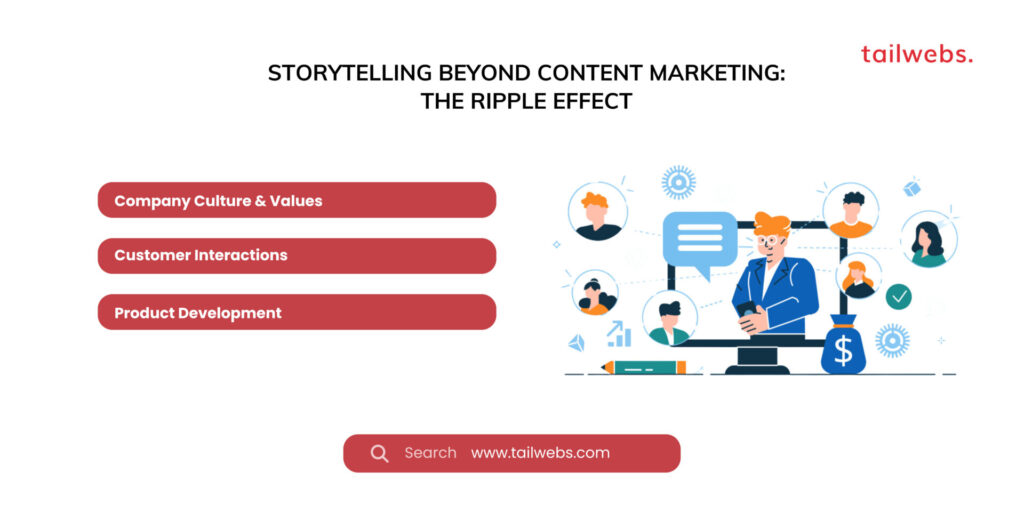
Conclusion: The Enduring Power of Storytelling
Storytelling is a timeless art form with the power to connect with us on a human level. By incorporating compelling narratives into your content marketing strategy, you can capture attention, build trust, and ultimately drive results. Remember, storytelling is a journey, not a destination. Continuously experiment, refine your approach, and measure your success to ensure your stories resonate with your audience and propel your brand forward. As Maya Angelou eloquently stated, “People will forget what you said, people will forget what you did, but people will never forget how you made them feel.” Let your brand stories evoke positive emotions, create lasting impressions, and captivate your audience on their journey with your brand.

